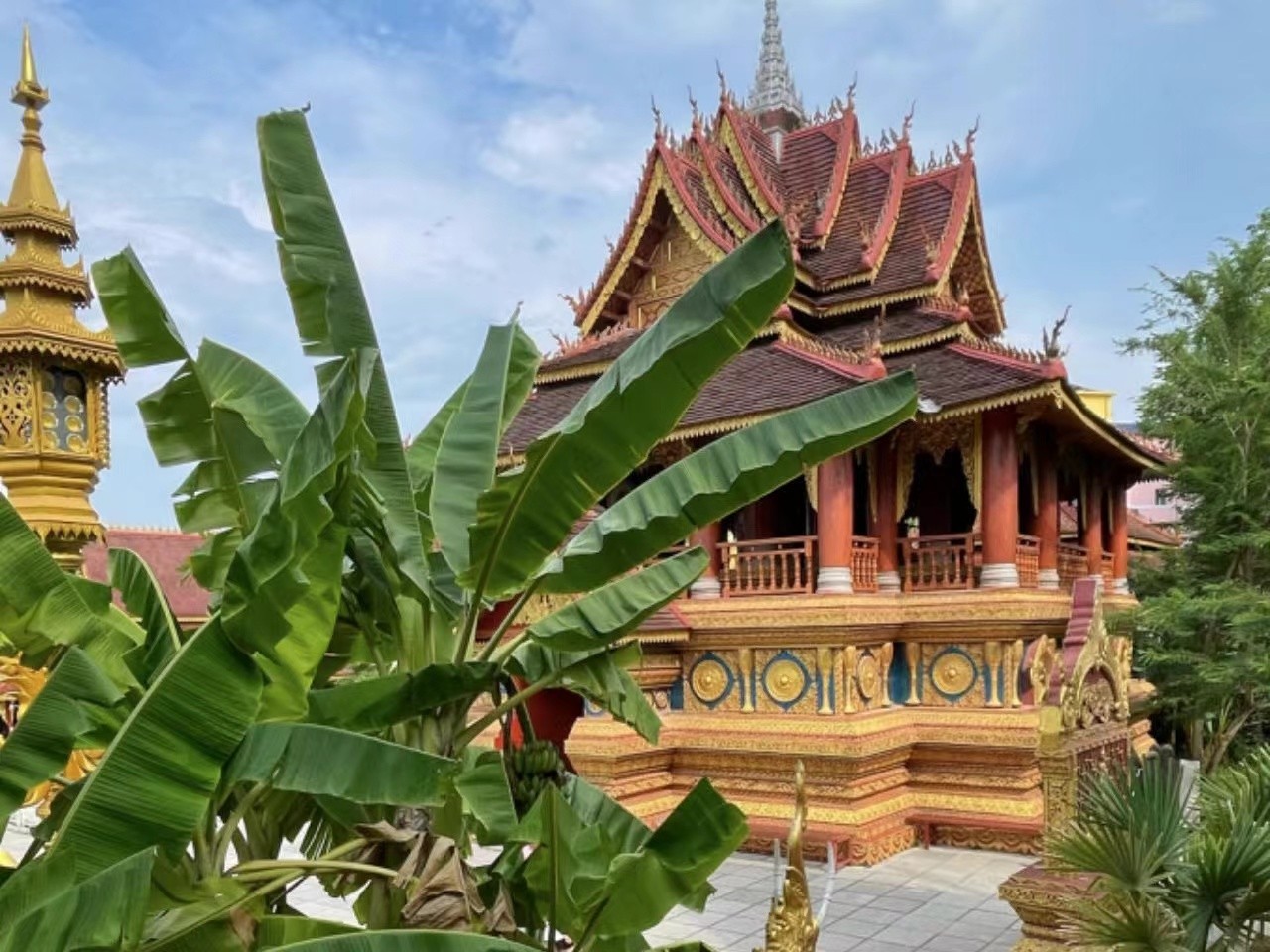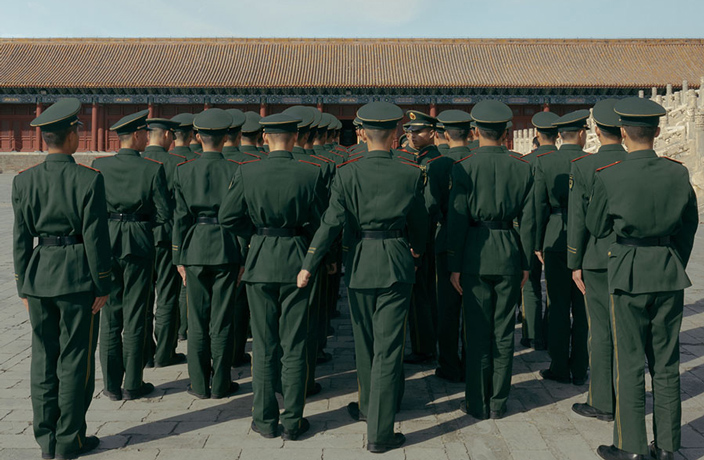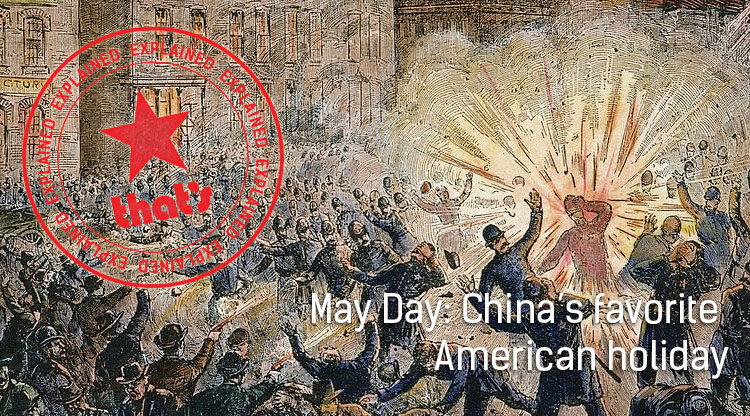A series of haunting landscape images by Chinese photographer Cui Maoyuan titled ‘Chinese Ancient Villages’ was awarded second place in the Sony World Photography Awards Landscape category this year.
Beautifully framed, the images depict an age-old castle in Hebei and the stark landscape surrounding it. They offer glimpses of a past, forgotten world: decaying brick arches and half-formed rooms, blown away by the unstoppable winds of time.


Cui Maoyuan understands time. After all, he’s spent the past 50 years documenting it. “I’m the same age as the People’s Republic [of China],” he tells us.
Although currently based in the artists’ hub of Songzhuang, in Beijing’s Tongzhou district, Cui’s hometown is an old village near Hangu – a former district of eastern Tianjin that is now part of Binhai New Area. But other than just the area’s name, much more has changed, Cui says.
“My childhood village had many ancient houses, ancient temples, ancient theaters. But with the continuous development of society, the old buildings in the village have basically disappeared and become today’s new socialist countryside.”


These memories inspired Cui’s ‘Chinese Ancient Villages’ project, which showcases desolate rural landscapes in villages around Zhangjiakou in Hebei.
“I was invited to Yu County [in Zhangjiakou] by a photographer friend. When I arrived, I was deeply moved seeing the legacy of the Ming and Qing dynasties – the castle, ancient theaters and temples and houses. It was like finding childhood memories of my old home.”
Beginning in 1998, the project is ongoing and has since expanded to other disappearing villages in northern China. But Cui still visits Yu County’s villages several times a year.
The project fulfills two main purposes, Cui explains. “The first is to have a record of all the town’s castles, ancient theaters and temples which will soon disappear. The record can be preserved for later generations – it will be like a form of valuable cultural heritage.”
The images also hits close to, well, home. “The ancient dwellings and temples reflect ‘the homeland in my heart.’ They evoke reminiscences of a home both familiar and unfamiliar,” Cui says.


For Cui, the nostalgia is palpable. For others, the pictures are a fantasy come to life: Dark ruins set against snow-touched hills and drifting livestock that recall simpler, yet no less glorious, times.
Viewed through the eyes of a city-dweller brought up in the digital age, the images take on a magnificent, almost surreal, quality. But it is real. Almost gone, but not to be forgotten.
View and purchase photography by Cui Maoyuan, including his latest album titled ‘Land of my heart – Africa,’ via weidian.com.
Images by Cui Maoyuan






















0 User Comments